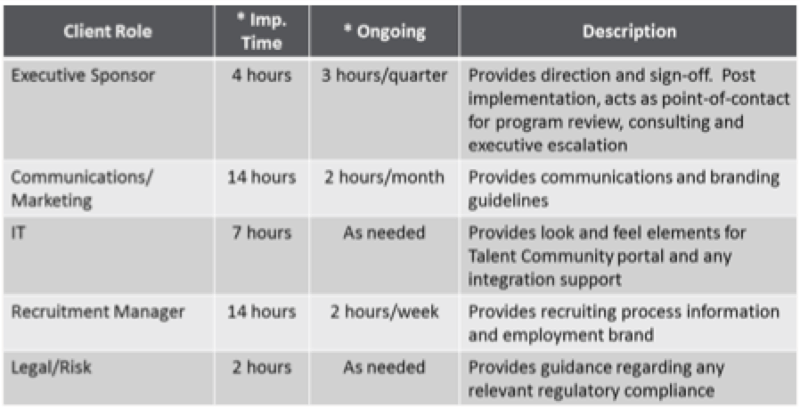
In our recent series on leadership and talent, we discussed the idea that there are six traits common amongst effective leaders: cognitive ability, drive and ambition, competence, personality, emotional intelligence, and learning agility. Though none of these individual traits are necessarily valued one over the other, there is one trait that stands as the strongest predictor of leadership: learning agility.
Learning agility is the ability for an individual to remain flexible and adjust and readjust to tasks or projects as they evolve, noted Kim Ruyle, renowned speaker, published author, and president of Inventive Talent Consulting. Ruyle spoke about the brain and how it can allow us to find top talent in his presentation “Finding Authentic High Potential Talent in the Crowd,” hosted by the Recruitment Process Outsourcing Association.
Suggested reading: Look for These Six Qualities When Assigning Your Next Leader
The Characteristics of Learning Agility
Though it sounds straightforward, there is more to learning agility below the surface. Rather than just showing the capability of an individual to adjust to changing work conditions, learning agility importantly shows the self-sufficiency of a potential leader when faced with a challenge. Those with high levels of learning agility will often purposefully find unfamiliar experiences in order to learn from them, subsequently applying them to future scenarios or scenarios they may have stumbled upon in the past.
Ruyle explains there are five characteristics that can be used to assess an individual’s learning agility:
- Mental agility, or how comfortable the individual feels dealing with complex tasks
- People agility, or how able the individual can speak and work with others
- Change agility, or how comfortable the individual feels with new experiences or change. Also tends to have dissatisfaction with status quo
- Results agility, or whether they can deliver results in crisis situations; a sense of optimism
- Self-awareness, or how well they can recognize their own strengths and weaknesses.
This combination of traits can be seen in successful leaders such as Richard Branson, who has extended his reach from the music business to several additional types of businesses, including airlines, telecommunications, and space. Though these businesses are wildly different in scope, Branson’s willingness to embrace this diversity has led to his success.
“General managers tend to benefit the most from learning agility. It makes you more adaptive, which is great for a generalist role,” said Ruyle. Managers have to manage a lot of functions “they’re not necessarily familiar with.”
Those working in more specialized roles benefit somewhat less from learning agility due to the nature of their work, explained Ruyle. Many managers begin in specialized roles however, making learning agility a great skill to have for those considering changing tracks further along in their career.
“The need for learning agility increases as you raise through the ranks,” noted Ruyle. The more responsibility a person receives, the more likely they are to run into VUCA environments – those featuring volatility, uncertainty, complexity and ambiguity.
Growing Learning Agility in Others

Luckily, learning agility isn’t an “inborn” skill found only in a lucky few. In fact, learning agility can be learned and cultivated like any other skill. Harvard Business recommends companies embrace the mindset required of learning agility by encouraging potential leaders to do the following:
- Review and discuss inspirational or cautionary case studies
- Identify, build, and assess arguments for or against specific plans of action
- Critically evaluate arguments (including their own) for inconsistencies and errors
- Solve problems using a systematic, rational, and logical approach
- Justify the relevance and importance of their own ideas, beliefs and values
- Seek out others with different perspectives (including business, generational, or cultural) to gather input before making a decision.
Some of the more common ways of providing employee education remain excellent for fostering this skill. One approach you might take is shadowing or coaching for the individual, advises HBP. Coaches can ask questions that help a leader think about a problem in a different light. Similarly, pairing an up and coming leader with an established leader for shadowing can help both leaders out as they learn from one another.
Job rotations or stretch assignments are also a great way of cultivating learning agility in employees. Such assignments take employees out of their natural comfort zone and expose them to a new work environment and set of skills – all while completing important tasks for the company.
Finally, gamification is a common tactic that can engage employees to take part in learning or other aspects of improvement. Friendly competition amongst colleagues, team-based play, and scoring systems ignite engagement amongst employees.
Suggested reading: Our Brain: Does it Help or Hinder When it Comes to Hiring
For more on finding the next great leader for your company, check out Ruyle’s presentation and stay tuned for more informative articles on leadership and talent from the RPOA.















